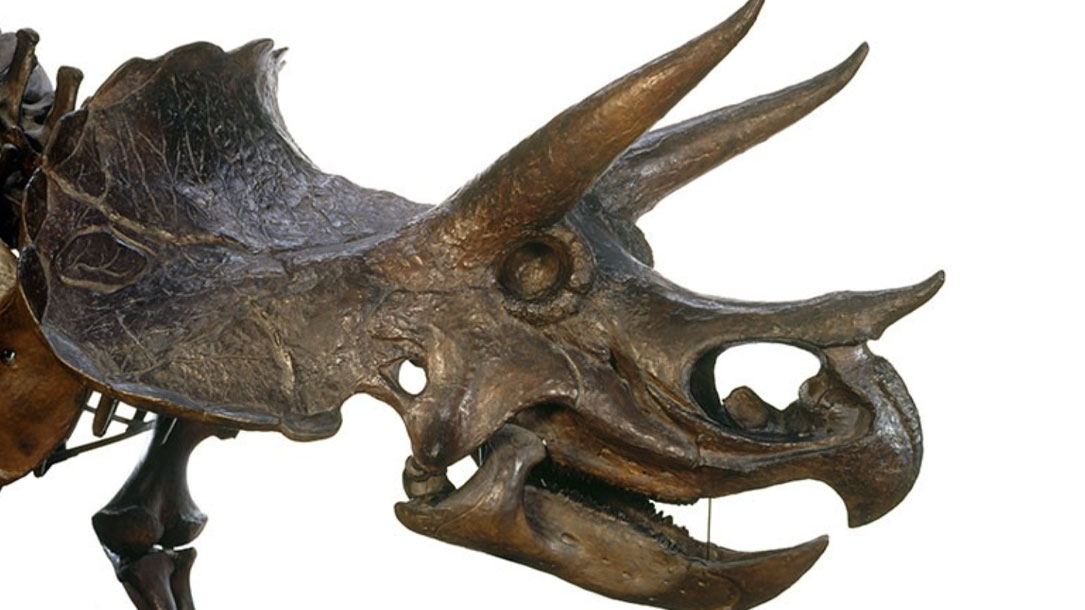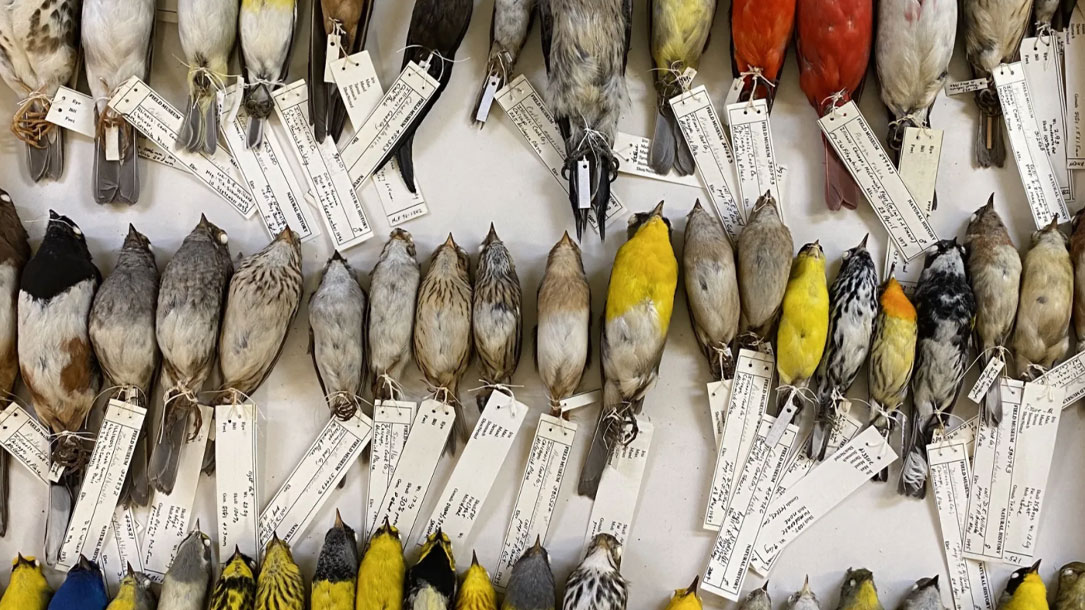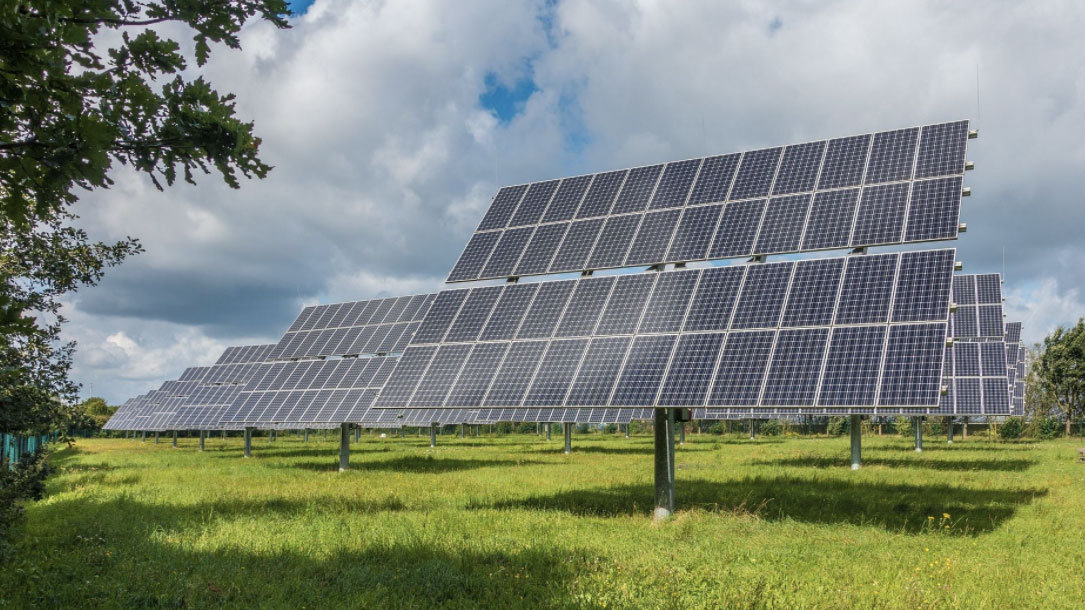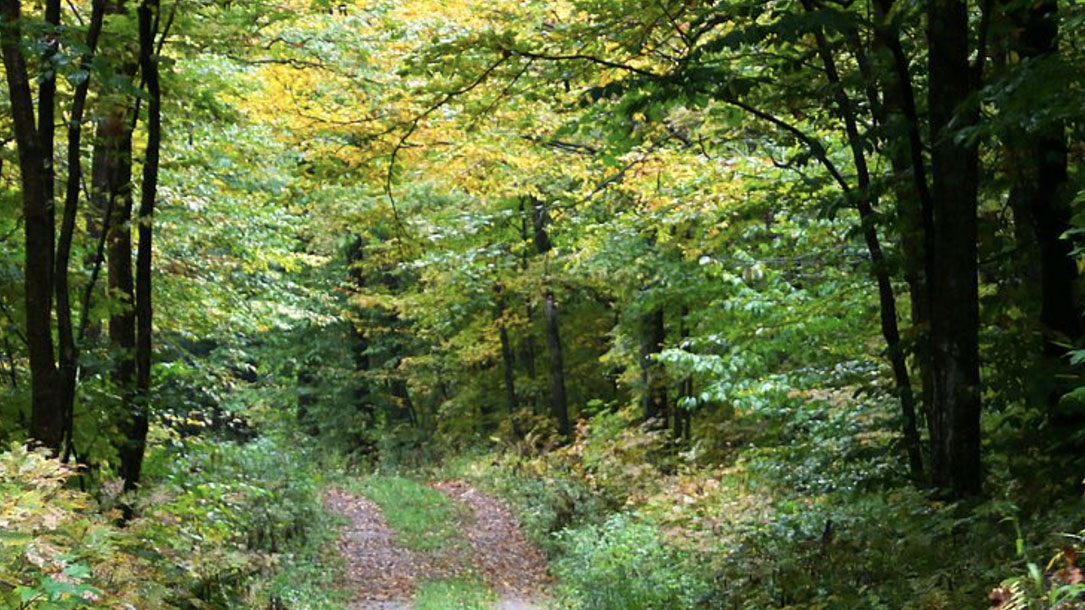Home > Climate News >

What is mass extinction and are we facing a sixth one?
“Extinction is a part of life, and animals and plants disappear all the time. About 98% of all the organisms that have ever existed on our planet are now extinct.
When a species goes extinct, its role in the ecosystem is usually filled by new species, or other existing ones. Earth’s ‘normal’ extinction rate is often thought to be somewhere between 0.1 and 1 species per 10,000 species per 100 years. This is known as the background rate of extinction…”

Animals are shrinking. Blame climate change.
Wild animals are already facing a wide range of threats. If they shrink — and especially if they shrink at different rates, as researchers predict — that could push some species even closer to extinction. And it could throw a wrench into ecosystems that humans rely on…

Climate crisis causing male dragonflies to lose wing ‘bling’, study finds
“Male dragonflies are losing the “bling” wing decorations that they use to entice the females as climates get hotter, according to new research.
The results have led to the scientists calling for more work on whether this disparate evolution might lead to females no longer recognising males of their own species in the long run.”

Climate, climate change, and range boundaries
“For the majority of species, boundaries shifted in a direction that is concordant with being a response to climate change; 84% of all species have expanded in a polewards direction as the climate has warmed…”

Eastern Wildway, an effort to create a wildlife corridor from the Gulf of Mexico to eastern Canada
The Allegany Wildlands is home to a spectacular diversity of plants and animals, including black bear, bobcat, rare orchids, and even some of the last surviving American Chestnut trees. As an ever-increasing number of species goes extinct in a changing climate, saving intact forests like the Allegany Wildlands becomes critical to sustaining life as we know it in Western New York.

Argyle bird trust working with solar developer to conserve more land
“We’re excited about this collaboration and look forward to working with Eden on future mitigation projects,” said Grassland Bird Trust Executive Director Laurie LaFond. “We believe that renewable energy, when done right, can play an important role in restoring populations of grassland birds to sustainable levels.”

One-third of all plant and animal species could be extinct in 50 years, study warns
One-third of all animal and plant species on the planet could face extinction by 2070 due to climate change, a new study warns.
Researchers studied recent extinctions from climate change to estimate how many species would be lost over the next 50 years.

Six habitat improvements that are also climate solutions
When you think about who cares about slowing down climate change, don’t forget about hunters, anglers, and those who have a long-standing connection with the land.
There is no one silver bullet nor single set of actions that will turn the tides entirely — climate change can only be addressed with a comprehensive strategy that involves all of us and all the tools we have. Thankfully, this includes habitat conservation measures that are already supported by sportsmen and women.
Here are six habitat improvement strategies that provide this win-win proposition: better hunting and fishing opportunities and fewer climate-change-driven impacts to fish and wildlife….

Utility-scale solar energy can be a tool for conservation, economic development
To put it plainly, these proposed projects will not destroy the natural environment nor negatively impact the watershed if they are approved and built in line with Linn County’s existing ordinance for solar energy projects. In fact, with a diverse mix of native grasses and wildflowers cultivated on-site, these proposed projects can significantly improve water quality, reduce soil erosion, and provide habitat for wildlife and pollinators, going a long way to restore Iowa’s landscape.
Furthermore, by using wildlife-style fencing instead of traditional chain link fencing, these sites can be a home for upland nesting birds such as ring-necked pheasants, quail, and other grassland birds like the dickcissel…

Cold Hollow to Canada
When a hundred community members came together in late 2008 to discuss the future of their shared landscape, no one in the room had an inkling of what might come of it…












